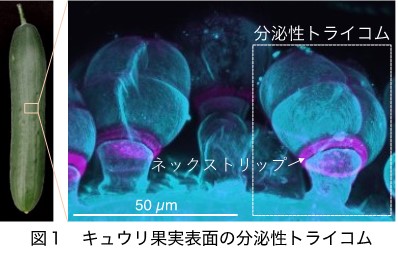2024-02-20 NASA
<関連情報>
- https://www.nasa.gov/missions/new-horizons/nasas-new-horizons-detects-dusty-hints-of-extended-kuiper-belt/
- https://iopscience.iop.org/article/10.3847/2041-8213/ad18b0
ニューホライズンズのベネチア・バーニー・スチューデント・ダスト・カウンター(SDC)装置は、が 60 au に近づく予想以上のフラックスを観測 New Horizons Venetia Burney Student Dust Counter Observes Higher than Expected Fluxes Approaching 60 au
Alex Doner,, Mihály Horányi,, Fran Bagenal, Pontus Brandt, Will Grundy, Carey Lisse, Joel Parker, Andrew R. Poppe, Kelsi N. Singer, S. Alan Stern +
The Astrophysical Journal Letters Published:2024 January 25
DOI:10.3847/2041-8213/ad18b0

Abstract
The NASA New Horizons Venetia Burney Student Dust Counter (SDC) measures dust particle impacts along the spacecraft’s flight path for grains with mass ≥10−12 g, mapping out their spatial density distribution. We present the latest SDC dust density, size distribution, and flux measurements through 55 au and compare them to numerical model predictions. Kuiper Belt objects (KBOs) are thought to be the dominant source of interplanetary dust particles in the outer solar system due to both collisions between KBOs and their continual bombardment by interstellar dust particles. Continued measurements through 55 au show higher than model-predicted dust fluxes as New Horizons approaches the putative outer edge of the Kuiper Belt (KB). We discuss potential explanations for the growing deviation: radiation pressure stretches the dust distribution to further heliocentric distances than its parent body distribution; icy dust grains undergo photosputtering that rapidly increases their response to radiation pressure forces and pushes them further away from the Sun; and the distribution of KBOs may extend much further than existing observations suggest. Ongoing SDC measurements at even larger heliocentric distances will continue to constrain the contributions of dust production in the KB. Continued SDC measurements remain crucial for understanding the Kuiper Belt and the interpretation of dust disks around other stars.



